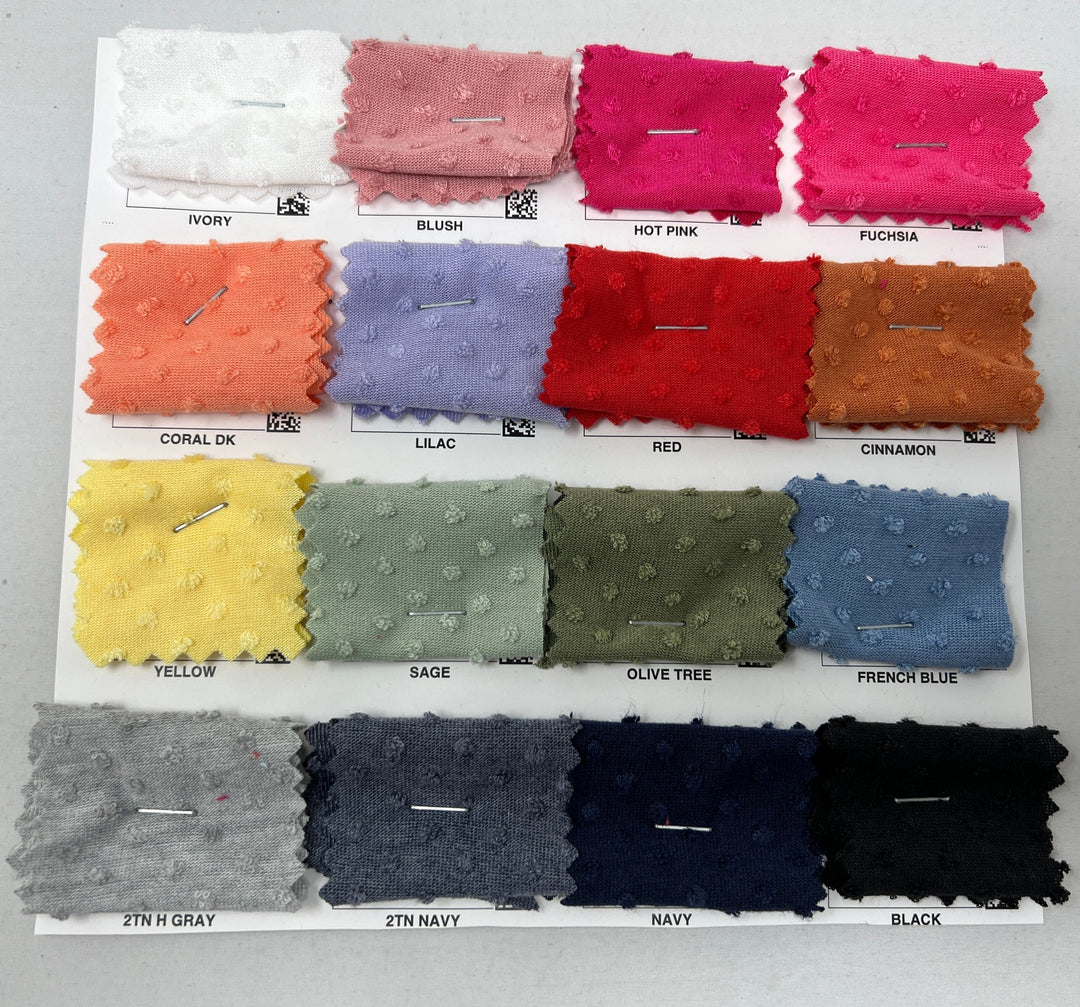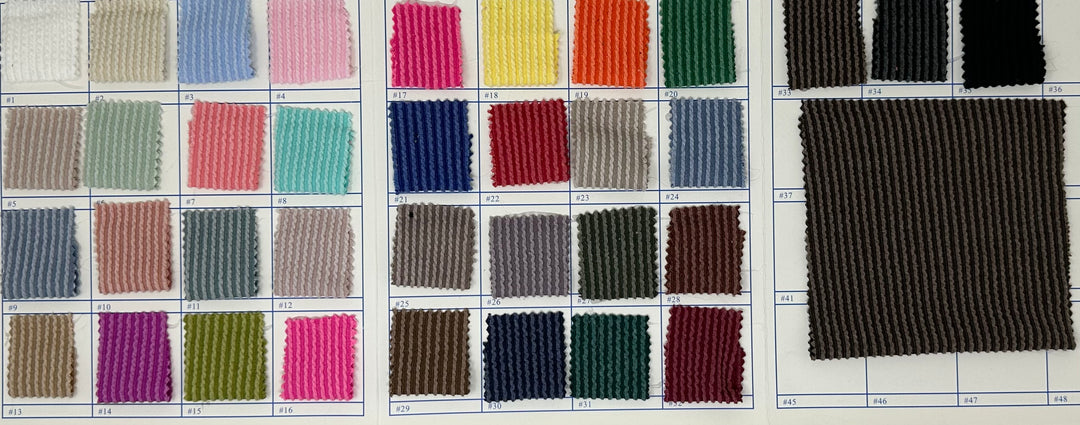Understanding Fabric Weight: What Is GSM?


Several factors determine fabric weight. These include how a company weaves the fabric, how it finishes it, and sometimes even the types of fibers it uses in its construction. Taking this into account is important for selecting the right material for your garments, as you wouldn’t want something heavy for summer clothes nor too light for clothes meant to endure the winter cold. However, even when understanding fabric weight, you may ask, “What is GSM?” Allow us to shed some light on the matter.
GSM Measurements
GSM, or grams per square meter, is tricky to understand within the United States because we don’t use the metric system. Instead, we measure materials like cotton lycra fabric by the yard using the imperial system. When considering measurements in GSM, though, you should know that light fabrics are typically between 30 to 150 GSM, medium weight fabrics are 150 to 350 GSM, and heavyweight fabrics are above 350 GSM.
Fabric Weight Applications
With a better understanding of what GSM is relative to fabric weight, we can touch upon how weight affects the application of various fabrics.
For one, heavier fabrics are generally thicker. But fabric weight alone doesn’t tell you exactly how thick fabric will be. Different weaves and fibers used in the construction process may alter how thick the material is. This remains true even if it has the same weight as another fabric.
Weight also does not indicate fabric quality. Like thickness, various weaves and fibers change the weight of the fabric. This fact is important to consider when thinking about the end use of the fabric. For example, denim is a heavyweight fabric because of its twill weave and cotton fibers, making it perfect for jeans that must endure more strain than chiffon, which is very lightweight and loosely woven. Chiffon is unsuited for hard work but excellent for garments like sundresses.
Common Weights and Uses
If you want a general idea of what fabric weights suit different projects, you should know that lightweight fabrics are often best for undergarments and lighter dresses or shirts perfect for the summer. A lightweight t-shirt will typically be between 5.3 and 5.5 ounces, while a heavyweight t-shirt will be between 6 to 7 ounces.
Heavyweight fabrics classified as “upholstery” are heavyweight fabrics used for cushions or furniture coverings. They’re typically stronger than textiles you use for clothing. These fabrics are dense because of their weight and are very thick and stiff, making them unsuitable for other applications.















